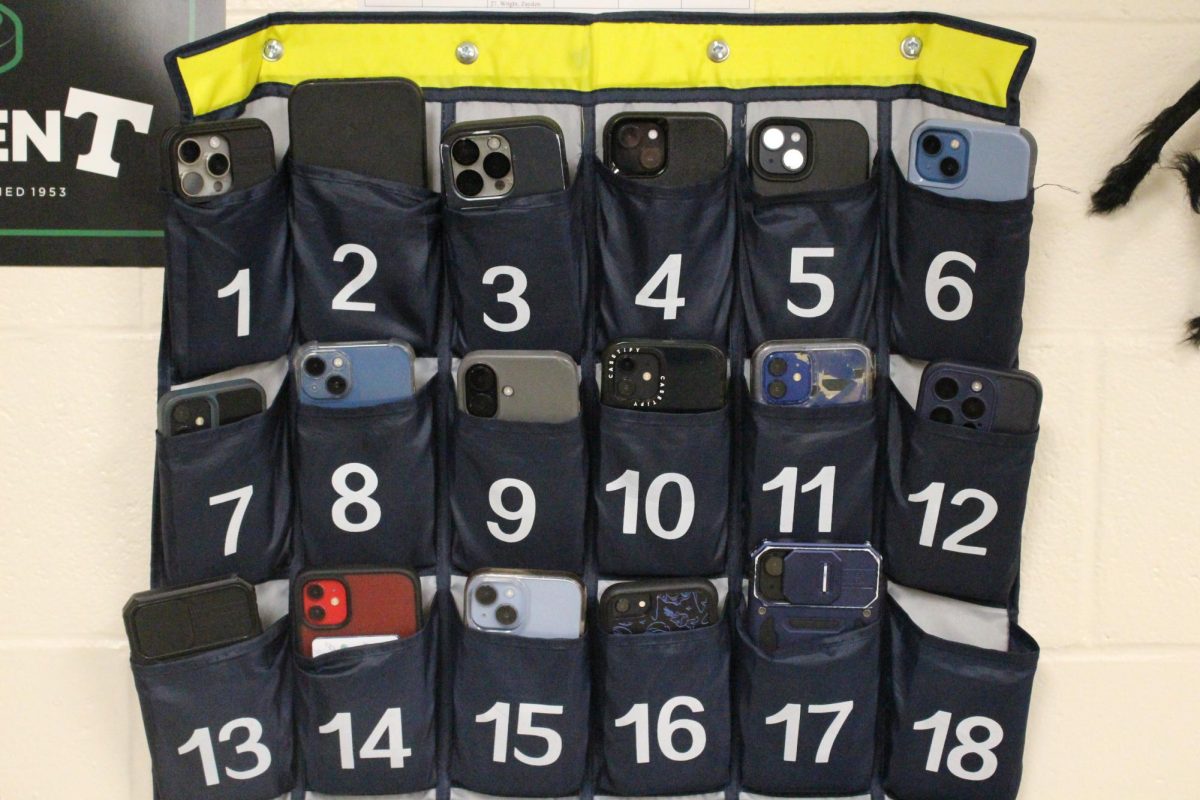For the past 130 years, cinema has captured the hearts and minds of millions. The craft has seen changes — and made changes — and so another question arises: What is the impact of digital video on the art of filmmaking?
Everything has a beginning, and everything evolves. Cinema began in 1878, with a brief collection of photos that when assembled constructed a 16-second shot of film, titled simply “The Horse in Motion.”
Cinema continued to gain popularity rapidly and became a visual medium that certain artists, soon better known as filmmakers, could use to entertain vast audiences. Over the years, styles changed, popularity shifted from filmmaker to filmmaker and actor to actor, and even entire movements were set in motion. From the silent era to the arrival of sound, from post-war cinema to the European New Wave, since its invention, film has always played an expressive part in the world’s development.
Things have changed throughout the development of making films, but one thing has stayed the same: the method in which they are shot. Films, for more than 100 years, were created through the photo-chemical process. However, within the past 20 years, cinema has seen a drastic change in both style and creation methodology. The technology boom has enveloped the world — including cinema.
Filmmakers now have digital video at their grasp, a new medium that offers extreme convenience, as well as being much less expensive.
To discuss these issues, one should know precisely how each medium works. When shooting with a camera that uses film, light enters through the lens, which then hits a frame of film that resides behind the lens. The strip of film being used is covered in an emulsion that contains halide crystals, or millions of small grains of silver.
The halide crystals react chemically when light hits them, changing into silver metal. When sent to the development lab, a photographic image is formed on the film, creating an exact replica of the original glance of light that hit the film before. When multiple frames are created and directed through light onto a screen, images seem to move.
With a digital video camera, however, no film is used. Through the lens there lies an electronic sensor chip made up of millions of tiny picture elements, better known as pixels, which eventually make up the photo when the process is complete. So, when light enters the lens, it creates individual electric charges upon each pixel. These charges convert to digital data and represent the image originally taken in by the camera.
Nowadays, the palette is split. Some filmmakers still use photo-chemical processes, while others have embraced the changes in the industry and have begun shooting with digital film. Filmmakers have more options now, but what does that mean for the future of the film industry? Is digital film eventually going to phase out the photo-chemical process completely, or will the old-fashioned way eventually reign supreme again?
Local independent filmmaker, actor, and Trinity alumnus Douglas Conner, said, “Yes, the industry has taken a huge leap from celluloid to digital formats, and I’m all for it. Now, don’t get me wrong — I love seeing an actual film print, especially if it’s an old print. But with digital, everything is crystal clear. Shooting digitally is also a lot cheaper on studios and filmmakers. As far as it affecting me as a filmmaker, and movie buff, I can’t really say that it has. I’ve pretty much just embraced it.”
Many filmmakers like Conner have embraced the digital revolution because of its convenience. Mainstream directors like David Fincher (“The Girl with the Dragon Tattoo,” “Social Network”), the Wachowski siblings (“Matrix,” “Cloud Atlas”), and even underground, lesser-known directors like Quentin Dupieux (“Wrong,” “Rubber”) have fully embraced digital video as their exclusive outlet for shooting film.
An abundance of filmmakers today view digital video as the new aesthetic, a reinvention of the filmmaking medium. One of the beginning pioneers in digital filmmaking, Jon Jost, sports a filmography with underground indie favorites such as “All the Vermeers in New York” and “The Bed You Sleep In.”
“I shifted from 35mm (Panavision, Aaton, Arri) to DV in 1996 when digital video first became available,” Jost said. “It allowed me to cease worrying about financing as one can make a digital feature for $50, which even I can scrounge up, which in turn offered great aesthetic and other freedoms. It allowed me to be far more productive and experimental.”
When asked whether there was any restriction with digital filmmaking, Jost said, “Digital film helped me fully forget about the film business and everything associated with it which I do not like, and it helped me do what I want to do as much as possible. The only ‘restriction’ is that the virtue of digital media is also its Achilles heel: festivals, programmers, etc., are drowned in films, most of which are garbage, have almost zero creative anything going on, and this avalanche drowns out the minority of interesting things. All perfectly expectable and normal.”
Regarding convenience and ease, digital video is clearly superior, but not all filmmakers are ready to trade in their oil paintings for crayons. Many supporters of celluloid argue that film should stay in the photo-chemical region simply because it’s the way it should be – that’s why it’s called “film.”
Conner said, “Despite all the really great qualities of digital video, film is still film. Chemical film opens up a more vulnerable side of the art, in my opinion. It creates a texture and grit that digital can’t offer unless you superimpose it into the movie during the postproduction process. There’s a granularity with film that you can’t get from digital video.”
Beau Kaelin, writer and director of “The Fated Assemblage of Dr. Malvagio” and “Symbiosis,” and also manager of Baxter Avenue Theatre, said, “Most of the new music I buy I download, and the majority of the photos I take are digital, so I’m guilty for the death of celluloid just as much as everyone else. However, I will say this – what makes the death of celluloid different is one can easily collect vinyl and still possess the means to enjoy it. You can also develop 35mm photos in your own home, should you desire. The majority of the population doesn’t have the means to buy a 35mm film projector, as well as construct a home with the necessary throw needed and the sound equipment to boot. Therefore, if you collect it, it’s essentially useless unless you have access to a theatre with a projector.”
Questions remain. Yes, times are changing, and yes, digital film presents us with a truly fascinating new way of creating films, but is the fading away of celluloid really necessary? With photography, both chemically developed photos and digitally shot photos reside in harmony — simply dependent on the photographer’s choice. With music, both vinyl records and CDs can be and often are accessible with extreme ease, once again relying on a listener’s choice. So, the fact that celluloid is fading away is for many a sad one. Is it possible for photo-chemical film and digital video to live together in harmony?
Regardless, if celluloid fades away or lives on, one thing will always ring true, and that is cinema itself. There’s no changing that.







